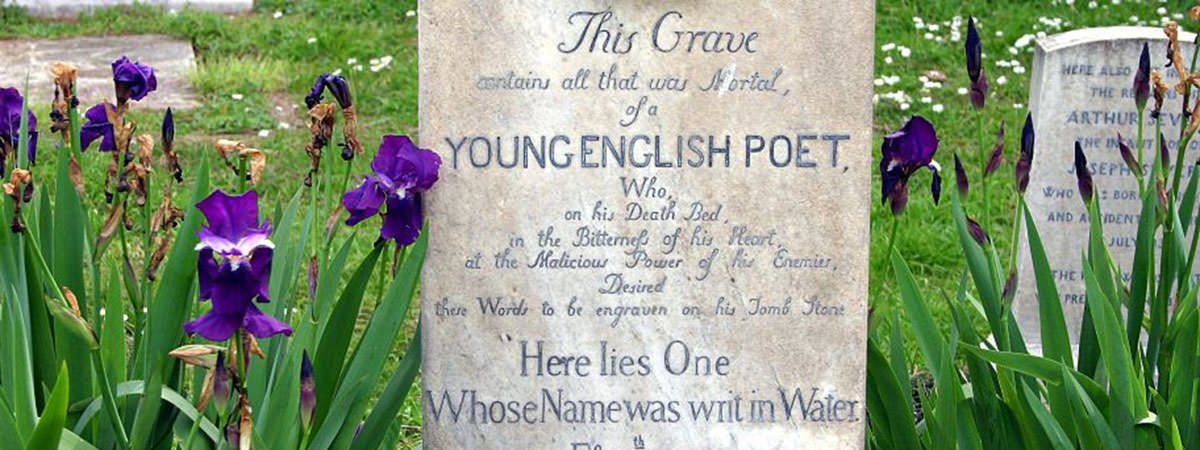Now regarded as one of the greatest English poets, John Keats (October 31 1795 – February 23 1821) had a difficult life and died at the age of 25 in obscurity. He was part of the Romanticism movement in poetry, which laid emphasis on emotion and individualism as well as glorification of the past and of nature. The most famous works of John Keats are a series of six odes known as the Odes of 1819. In this article, we focus of the most interesting facts about John Keats including how his genius was awakened by reading Spencer’s “Faerie Queene”, his relationship with William Wordsworth, the tuberculosis curse in his family and his unusual gravestone. Here are 10 interesting facts about the great Romantic poet John Keats.
#1 Spencer’s “Faerie Queene” may have awakened his genius
Keats had been ignorant of his poetic talent until his eighteenth year, and his remarkable blossoming as a poet in such short time is seen as a noteworthy achievement. According to close friends Charles Cowden Clarke and Charles Brown, it may have been Spencer’s “Faerie Queene” that awakened Keats’s genius. Cowden had introduced Keats to Spencer one afternoon reading him the Epithalamion, and the poet had eagerly requested lending him the “Faerie Queene” the same evening. Spenser, who has the reputation as a great awakener of the love of poetry in youth, may well have worked his magic on Keats. The sudden development of poetic powers was validated by Keats’s brothers. Moreover, Charles Brown positively remembered that it was the inspiration of the “Faerie Queene” that drew Keats towards attempting his hand at poetry. Imitation of Spenser may also be seen in his first volume of poems.
Main Sources:-
Colvin, Sidney (1925). “John Keats: his life and poetry, his friends, critics and after-fame”. P19-21. Macmillan and Co. Ltd. London.
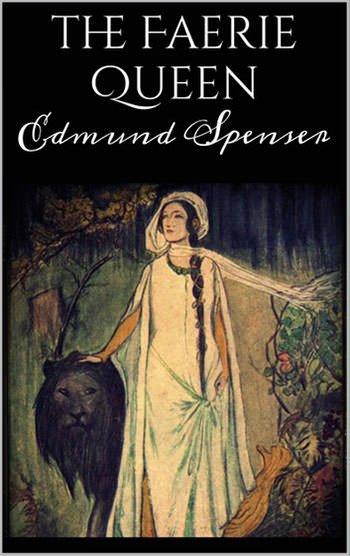
#2 Keats never forgave Wordsworth for his insult
William Wordsworth was a middle aged man and an established poet when Keats was working on his classical poem “Endymion”. The senior poet was always kind and dignified in his meetings with Keats. However, Wordsworth could praise or care for no contemporary poetry save his own, and had none of the sympathetic or encouraging criticism to bestow on Keats which would have meant a world to the latter. Once in late 1817 or early 1818, Keats was at a gathering at Haydon’s (artist and Keats’s friend) studio along with Wordsworth. Here Keats was induced by his friends to recite the “Hymn to Pan” from Endymion to Wordsworth, for the senior’s insights. According to Haydon the recitation met with a cold response from Wordsworth, who dryly called it “a very pretty piece of Paganism” and said nothing more. In Haydon’s account, Keats never forgave Wordsworth for this sly comment.
Main Sources:-
Colvin, Sidney (1925). “John Keats: his life and poetry, his friends, critics and after-fame”. P227,249. Macmillan and Co. Ltd. London.
Everest, Kelvin (May 25, 2006). “Keats, John”. Oxford Dictionary of National Biography
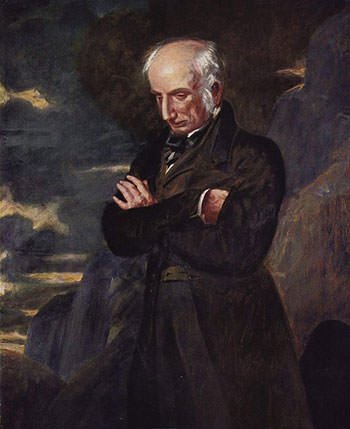
#3 His sonnet “To the Nile” was composed in 15 mins
Once, in February 1818, the poets John Keats, P.B. Shelley and Leigh Hunt entered into a friendly contest. They were each to write a sonnet in quarter of an hour and the subject of the poem was restricted to the river Nile. Shelly and Keats were up to the time but Hunt had to sit up half the night to finish his poem. It was all worth the pain and time and Hunt for once outdid the two great poets. Keats’s sonnet was Petrarchan and would be published years after his death in 1838. Shelley’s version would also see publication till long after his death in 1876. The poems are an indication of what the great poets could achieve in 15 minutes. Hunt’s poem was published in 1818 itself.
Main Sources:-
Colvin, Sidney (1925). “John Keats: his life and poetry, his friends, critics and after-fame”. P256-257. Macmillan and Co. Ltd. London.
Colvin, Sidney. “Letters of John Keats to his family and friends” (1891). P71,72. Macmillan and co. and New York
#4 Tuberculosis was like a ‘family curse’ to the Keats family
Pulmonary tuberculosis, also commonly known as Consumption in 19th century England was a consistent threat throughout the life and times of Keats. The 19th century had seen the disease evolved into a major public health crisis across the European continent, partly due to increased urbanization and industrialization. At it’s peak, tuberculosis affected 70-90% of the urban population in Europe and accounted for nearly 40% of all deaths among the working class. Little knowledge about the disease further meant that precautions against its transmission were rarely taken.
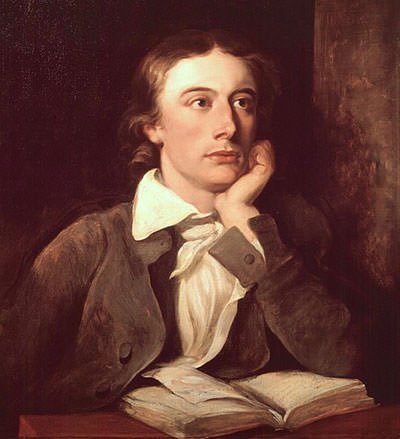
The Keats family was also among the many households ravaged by Consumption. At the age of 12, Keats lost his maternal uncle (a hero of the Keats children) to the disease. This was followed two years later in 1910 by the death of their mother due to the same condition. The curse of the disease would continue to strike the family. In 1817, Keats’ beloved brother Tom was engulfed in the sickness and would expire the following year. Keats himself would come under the influence of the disease in 1819, finally submitting to it in February 1821. The only surviving Keats brother George, who had migrated to America in 1818 would also succumb to the disease almost 20 years later.
Main Sources:-
Smith, Hillas (Apr 1, 2004). “The Strange Case of Mr. Keats’s Tuberculosis”. P991–993. Clinical Infectious Diseases, Volume 38, Issue 7.
“Tuberculosis in Europe and North America, 1800–1922”. (Nov 17, 2013). Contagion: Historical Views of Diseases and Epidemics (Cambridge, MA: Harvard University Library Open Collections Program).
Colvin, Sidney. “Letters of John Keats to his family and friends” (1891). P48, 49. Macmillan and co. and New York.
#5 He wished that his name should not appear on his tombstone
Keats spent the last few months of his life in Rome, at the urging of friends and doctors who hoped that the warmer climate might improve his health. At this stage he was being looked after and nursed by the artist Joseph Severn, a close friend who would stay with Keats until his death in February 1921. During this time Keats had made a request to Severn. The poet didn’t want his name to appear on his tombstone, but merely a line “Here lies One Whose Name was writ in Water”; possibly inspired by the 1611 Beaumont and Fletcher’s play titled Philaster. (All your better deeds Shall be in water writ, but this in Marble.)
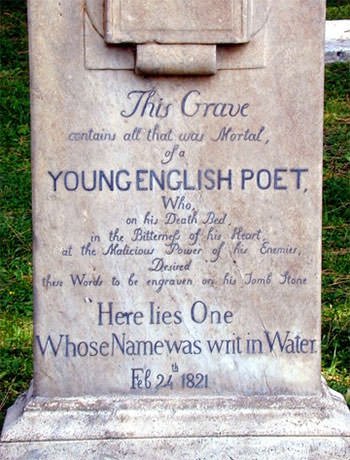
The Keats tombstone at the New Protestant Cemetery in Rome was thus commemorated as “A young English poet” by his friends. The inscription on the tomb reads: “This Grave contains all that was mortal, of a Young English Poet, who on his Death Bed, in the Bitterness of his heart, at the Malicious Power of his enemies, desired these words to be Engraven on his Tomb Stone: Here lies One Whose Name was writ in Water.” It is noteworthy that the apart from the line the rest of the inscription was added by Keats’s closest friends, Severn and Charles Brown. Both were grief-stricken and embittered by critical treatment of Keats’s poetry.
Main Sources:-
Hanson, Marilee (Feb 6, 2015). “John Keats’s Gravesite In Rome”. englishhistory.net.
Stacey, Michelle (Feb 23, 2016). “The enduring mystery of Keats’s last words.” The Paris review
#6 Copies of his life and death masks are precious collectables
The practice of taking life masks of a person was not uncommon during the early 19th century, and was especially promoted by the history painter Benjamin Robert Haydon. In 1816, five years before the death of John Keats, Haydon himself took a plaster life mask of the poet. This piece, commissioned for the poet John Hamilton Reynolds, rests at the National Portrait Gallery in London. Another defective matrix of Keats life mask (also ascribed to Haydon) has been known to exist and used for making copies in the mid 19th century.

When Keats died on 23 February 1821, another plaster cast was taken in Rome to preserve his likeness. Two death masks were then made from this original mould. One was kept by his close friend and artist Joseph Severn while the other went to Keats’s publisher, John Taylor. The two primary masks are now lost but Charles Smith and Sons made several casts of the mask around 1898 to 1905. The auction firm Christie’s now estimates that there are only nine Smith casts remaining. Rare copies made by old cast makers like Smith are now considered as valuable collectables, a testament to Keats’s enduring appeal more than 200 years after his death.
Main Sources:-
Lloyd, Andrew (26 Feb, 2021). “Writ in water, preserved in plaster: how Keats’ death mask became a collector’s item”. The Guardian.
Oct 26, 2016. “A plaster life mask of John Keats”. Live Auction 12580 Lot 67. Christies.com.
“John Keats by Benjamin Robert Haydon” (1816). National Portrait Gallery, London.
#7 There are no Major early biographies of Keats
Surprisingly none of Keats’s literary friends were able to enlighten anyone about the poet after his death. There was neither a publication of a personal memoir or a biography or his poetry that remained in manuscript by anyone who had been close to him. Though several of them, including Charles Brown, John Hamilton Reynolds, John Taylor and Richard Woodhouse, had fully desired and intended to do the same. However, mutual jealousies and dislikes sabotaged any such undertaking.
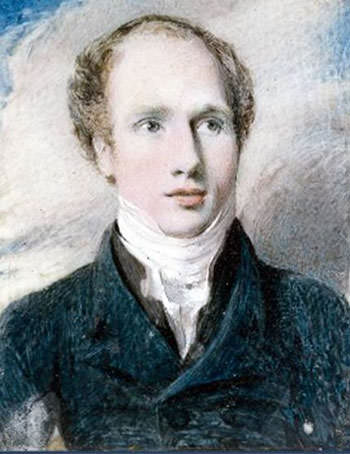
His publisher along with Woodhouse were the first in the field, wanting to speedily publish “The memoirs and remains of John Keats”. However the required assistance was not given by Brown and George Keats, two key figures in John’s life. Brown was among the group that deplored George’s conduct towards Keats and thought of the later as a traitor, cheat and a villain. George on the other hand thought of Keats’s friend as a profiteer and debarred Brown (who wanted to write his own memoir) from any material. Time would see further quarrels between Brown, Taylor and Reynolds, ruining any chances of an early biography.
Main Sources:-
Everest, Kelvin (May 25, 2006). “Keats, John”. Oxford Dictionary of National Biography.
Gittings, Robert (1968). “John Keats”. P3. Little Brown, Boston.
Colvin, Sidney (1925). “John Keats: his life and poetry, his friends, critics and after-fame”. P529-532. Macmillan and Co. Ltd. London.
#8 His first full biography was written 27 years after his death
About 27 years after the death of John Keats, in 1848, his first full biography was finally brought to print by Richard Monckton Milnes. The project drew extensively on the papers and reminiscences of Keats’s friends, most notably Charles Brown (who had handed all his precious material to Milne in late 1840), Richard Woodhouse, Charles Dilke and Cowden Clarke. “Life, Letters, and Literary Remains of John Keats” was a major influence among the pre-Raphaelites and went a long way to establish Keats within the canon of English literature.
Main Sources:-
Colvin, Sidney (1925). “John Keats: his life and poetry, his friends, critics and after-fame”. P531-534. Macmillan and Co. Ltd. London.
Everest, Kelvin (May 25, 2006). “Keats, John”. Oxford Dictionary of National Biography
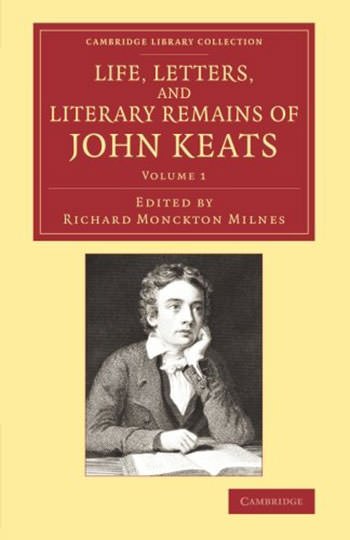
#9 P.B. Shelly wrote a famous elegy in memory of Keats
The poets P.B. Shelley and John Keats were introduced in 1916 by editor and critic Leigh Hunt. The relationship between the two is described as that of friendly civility and little more. According to Hunt, Keats did not take to Shelley as kindly as Shelley did to him. Despite this the two poets exchanged letters after Shelley moved with his wife to Italy, and when Keats fell ill, Shelley invited him to stay with him in Pisa. Keats’s however died in Rome in February 1921. Shelly was saddened upon hearing of Keats’s demise. He was of the opinion that the brutal attacks on Keats in the “Quarterly Review” had contributed to hastening the poet’s death. He thus composed a pastoral elegy for Keats calling it “the image of my regret and honour for poor Keats”. Written about 7 weeks after Keats’s death, Adonais is counted among the greatest poems of Shelly, with the poet himself regarding it as the “least imperfect” of his works. In June 1821, Shelley also wrote about the poem: “It is a highly wrought piece of art, perhaps better in point of composition than anything I have written.”
Main Sources:-
Colvin, Sidney (1925). “John Keats: his life and poetry, his friends, critics and after-fame”. P69-74. Macmillan and Co. Ltd. London.
Jones, Frederick L., ed. (1964). “The Letters of Percy Bysshe Shelley. 2 Vols.” Oxford: Clarendon Press.
Kumar, Dharmender. “Adonais: An Elegy on the Death of John Keats by Percy Bysshe Shelley”. Poem Analysis.
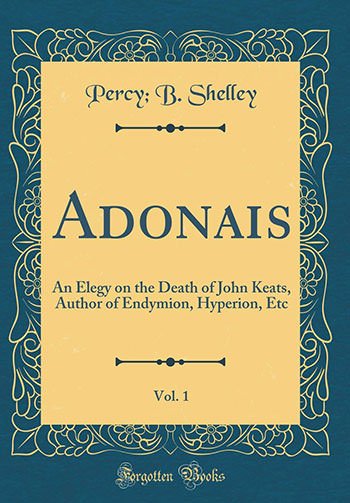
#10 Keats’s letters are considered as the most important ever written by any English poet
There are over 240 surviving letters from Keats to his friends, family and beloved, which were first published in 1848 and 1878. Though initially looked upon with shock and criticism, these letters have now been regarded with almost the admiration given to Keats’ poetry. Written between 1816 to 1820, the letters, besides being of biographical value, give precious insights into Keat’s poetical philosophy, his consciousness as a writer and of his language, and his attitudes towards the great works of his contemporaries and predecessors. In these correspondences Keats displays wit, high spirits along with his thoughts on love, poetry and the nature of man. Poet Laureate T. S. Eliot would later describe the letters as “the most notable and most important ever written by any English poet”.
Main Sources:-
Drabble, Margaret (1985). “The Oxford Companion to English Literature”. P872-874
“Keats’s Letters”. British Literature Wiki.

